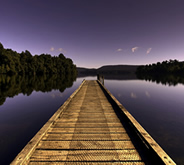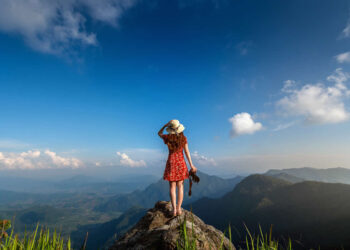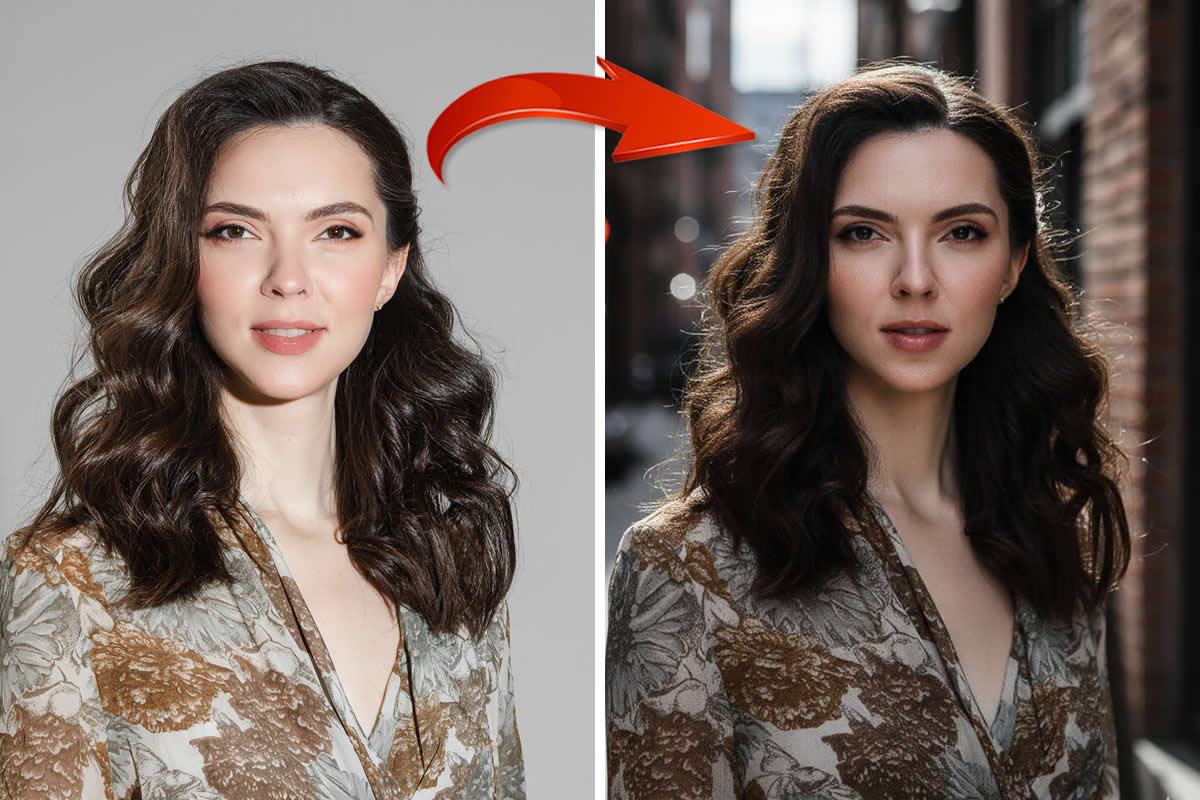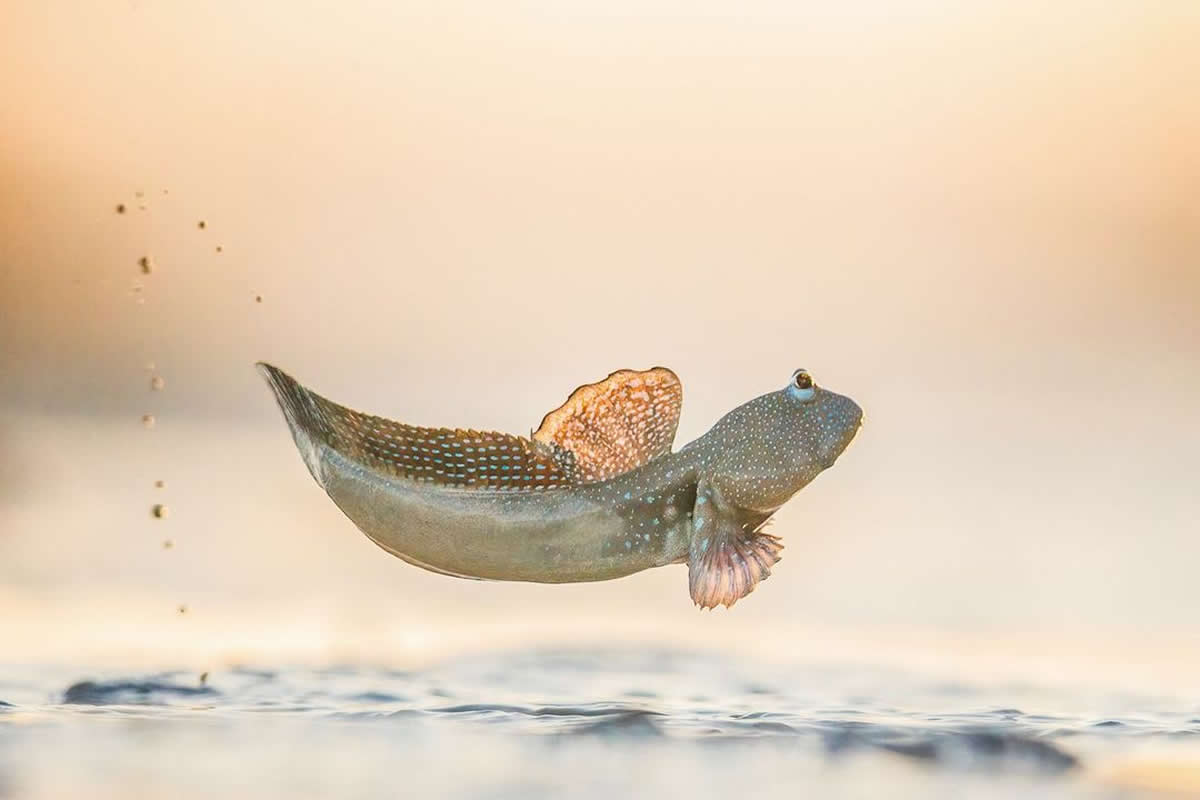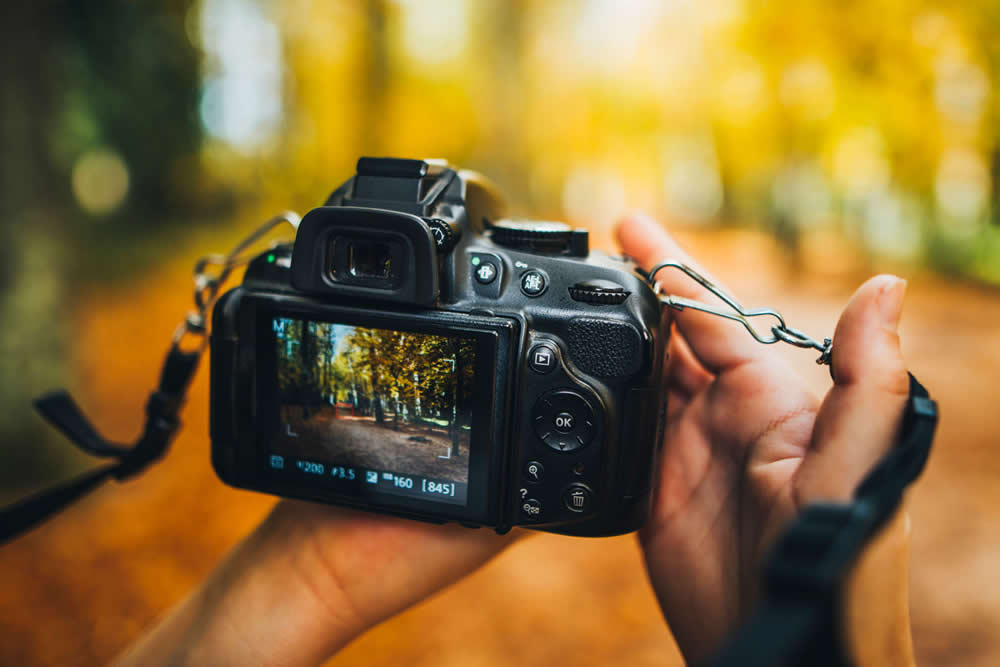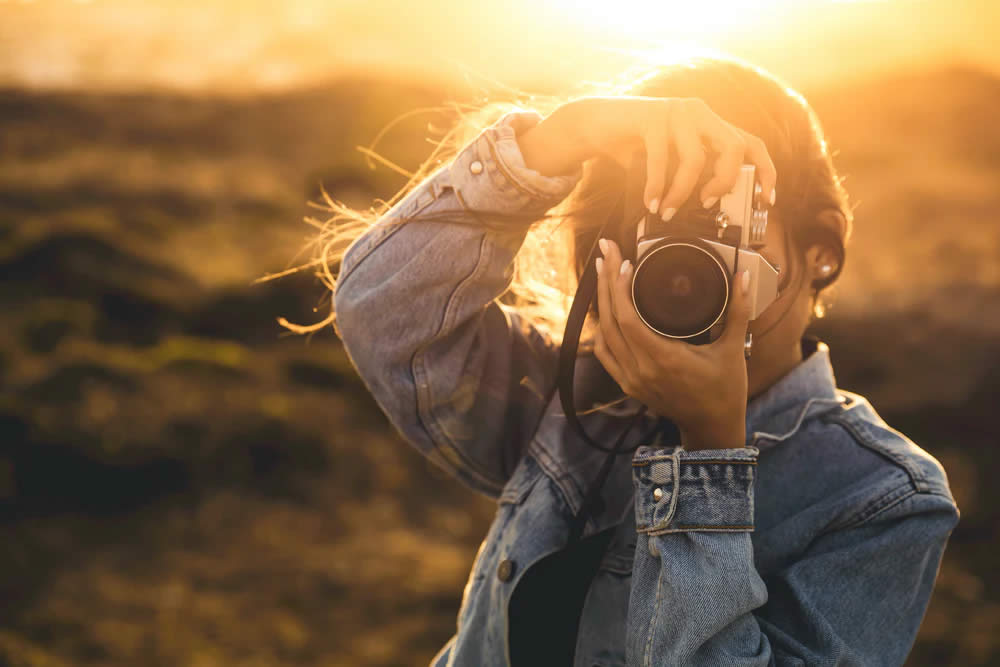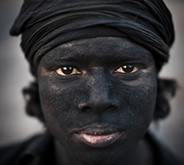Guest Article By : Debashis Talukdar
The use of leading lines in landscape photography is one of the simplest elements and often one of the most effective of drawing the eye of the viewer across or into an image. I love using leading lines in my images.

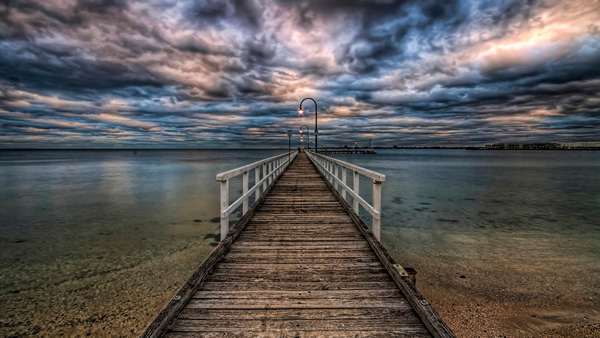
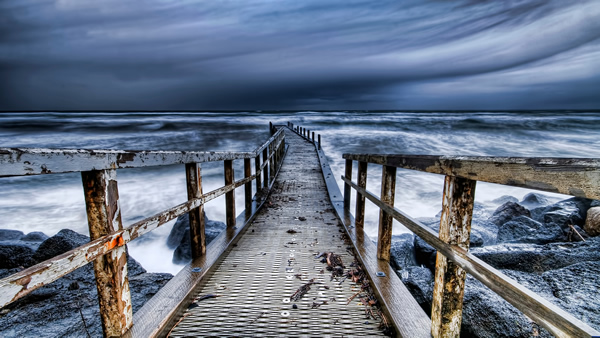
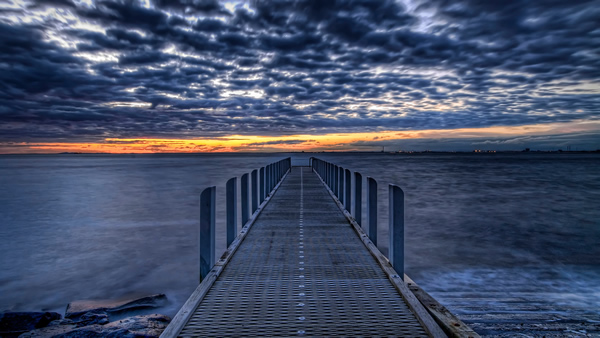
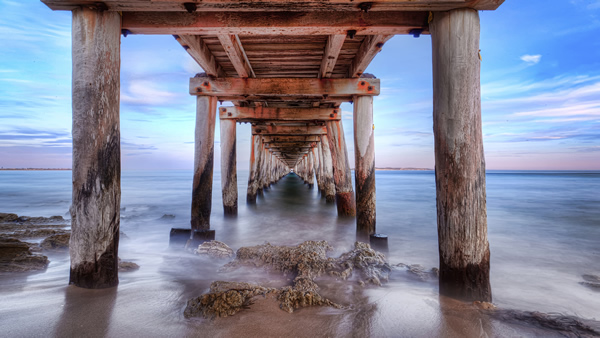
Piers provide some of the best instances of leading lines. They draw you into an image and make you look into where the lead into; invariably into a body of water such as the ocean or the sea.
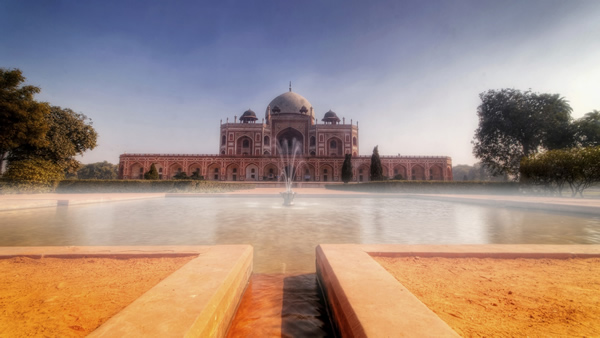
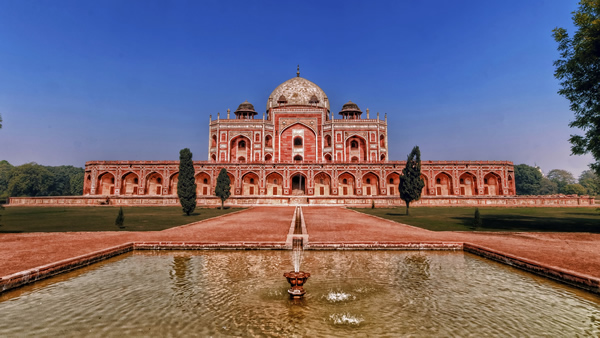
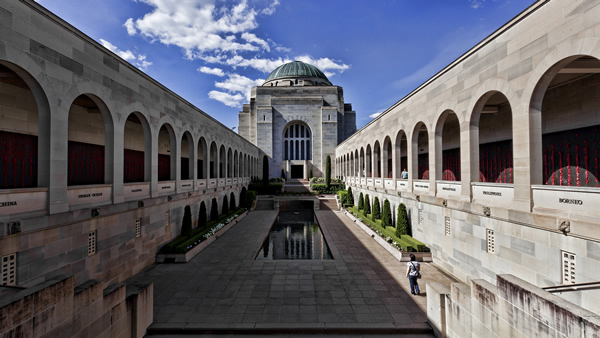
Pathways and corridors are another really good example of leading lines. They draw the viewer into the environment of architectural subjects.
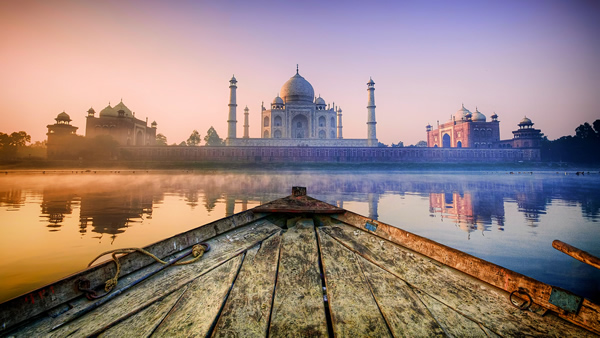
Leading lines aren’t always defined by a set of parallel lines. Sometimes you have to improvise and work with what you’ve got – such as the helm of this boat leading into the Taj Mahal. The sides coming together at point form an arrow – almost providing a subliminal guide to the viewer as to what the main drawcard of the image is.
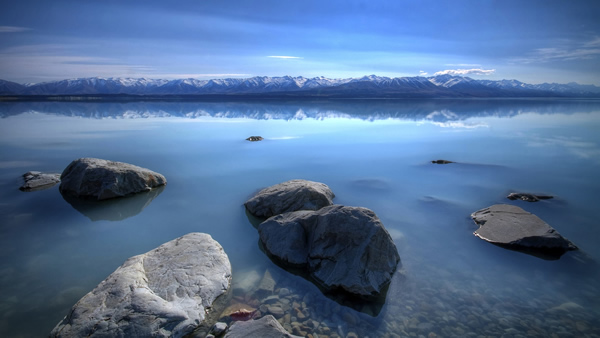


Leading lines are not always obvious, especially in nature (and occasionally even in the built up world). Lines can be a lot more subtle. One can find these leading lines by looking for patterns formed by elements that line up – such as rocks, streams, or even post piles of a pier, or objects of similar form lined up.
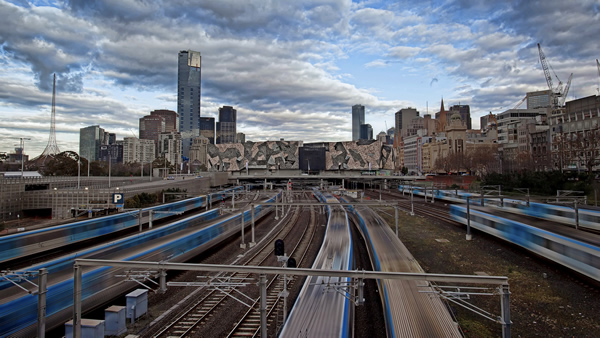
When using long exposure, motion often provides leading lines, further accentuated by the energy of motion created by blurred moving objects.
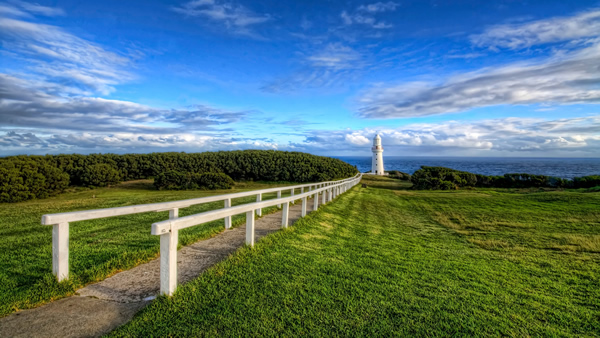

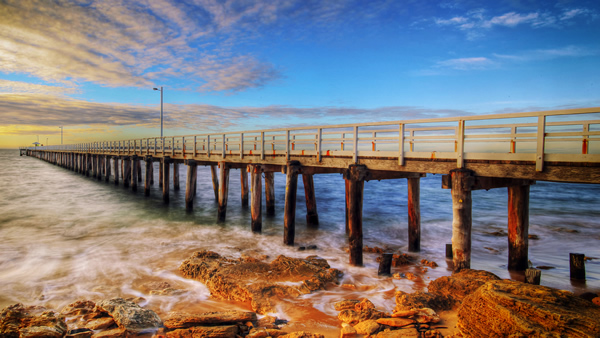
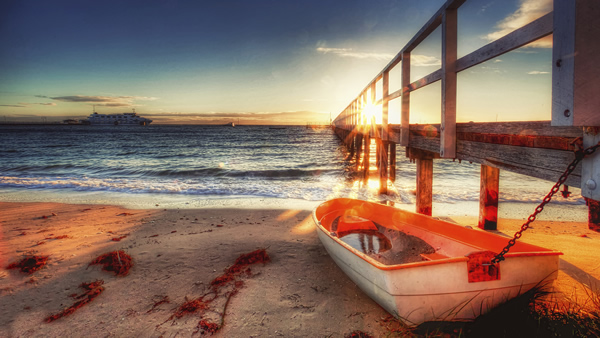
Leading lines don’t always have to start from the centre of the image, and can always be used with the rule of thirds. These patterns are more common than you think… its just a matter of discovering how to see the existence of them around oneself.
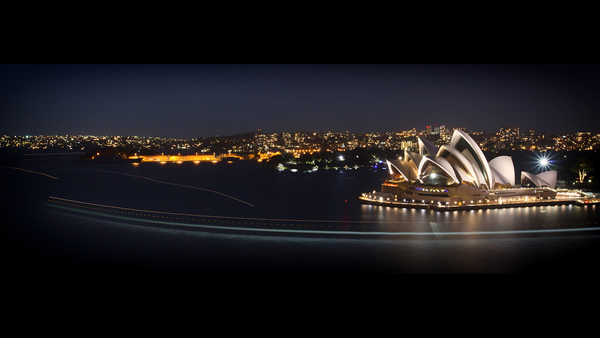
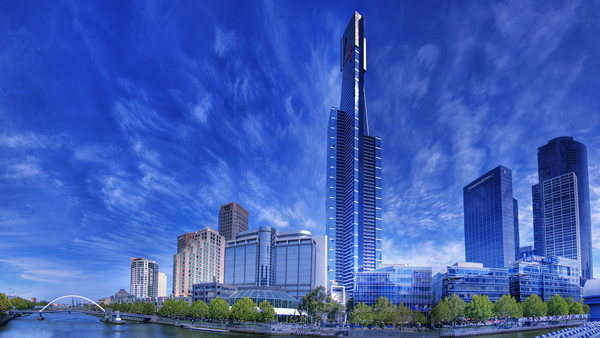
Sometimes, you won’t even notice leading lines until you have taken your shot, such as in these shots of Sydney Harbour, and Melbourne’s Southbank Promenade. The motions of the ferry in the former, and the clouds in the latter, were elements that I hadn’t planned for, but was lucky enough to capture due to the long exposure used in both images.
Video
The Basics of Image Composition – Leading Lines from Debashis Talukdar on Vimeo.
About the author:
Debashis Talukdar is an Australian based IT professional and landscape and travel photography enthusiast. His focus is on landscapes and cityscapes in High Dynamic Range Photography, and Time-Lapse Photography. Debashis is a self-taught photographer who has been shooting seriously since 2006. His images have been featured on Australian Geographic. He regularly posts both new photographs and newly post-processed older photographs on his website at doubleconvex.com
He is on the following social networks:
Copyrights:
All the pictures in this post are copyrighted to Debashis Talukdar. Their reproduction, even in part, is forbidden without the explicit approval of the rightful owners.

